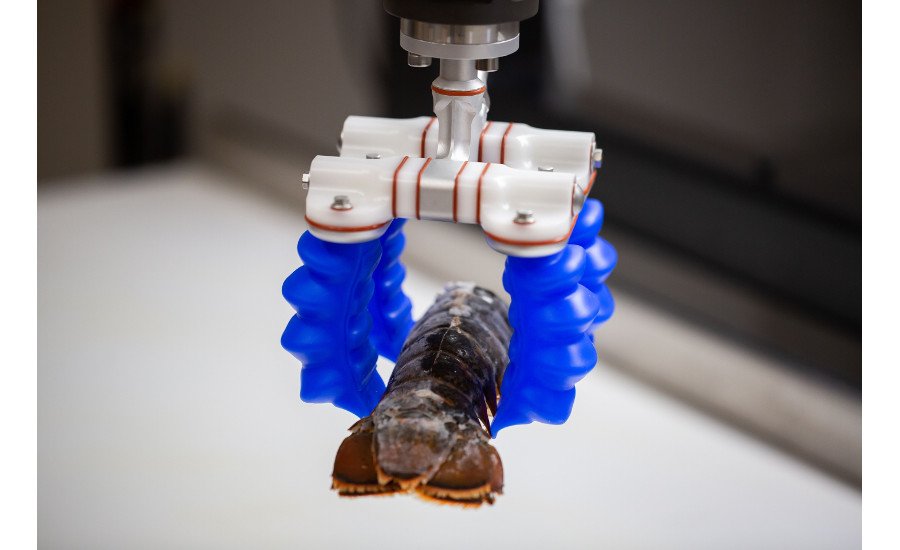Introduction
The robotic gripper market is undergoing significant transformation, influenced by technological advancements, evolving industry needs, and regional developments. Understanding these dynamics is crucial for stakeholders aiming to capitalize on emerging opportunities.
Market Trends
Rise of Collaborative Robots: The increasing use of collaborative robots (cobots) in various industries is boosting the demand for versatile and safe gripper systems.
Customization and Modularity: There is a growing trend towards customizable and modular gripper designs, allowing for greater flexibility and application-specific solutions.
Sustainability Focus: Industries are seeking energy-efficient and sustainable gripper solutions, prompting innovation in materials and design.
Regional Insights
Asia Pacific: This region is experiencing rapid growth due to industrialization and the adoption of automation technologies in countries like China, Japan, and South Korea.
North America: The presence of advanced manufacturing facilities and a focus on technological innovation are driving market growth in this region.
Europe: Emphasis on Industry 4.0 and automation in sectors such as automotive and electronics is contributing to the expansion of the robotic gripper market.
Challenges
Technical Limitations: Despite advancements, robotic grippers still face challenges in handling objects of varying sizes, textures, and fragility with human-like dexterity.
Workforce Adaptation: The integration of robotic systems requires workforce training and adaptation, which can be a hurdle for some organizations.
Opportunities
Healthcare Applications: The demand for robotic grippers in healthcare is growing, particularly for applications in surgery and patient care.
E-commerce and Logistics: The expansion of e-commerce is driving the need for efficient and adaptable gripper systems in logistics and warehouse operations.
Conclusion
The robotic gripper market is poised for continued growth, driven by technological innovations and expanding applications across industries. By addressing current challenges and leveraging emerging opportunities, stakeholders can position themselves for success in this dynamic market.

